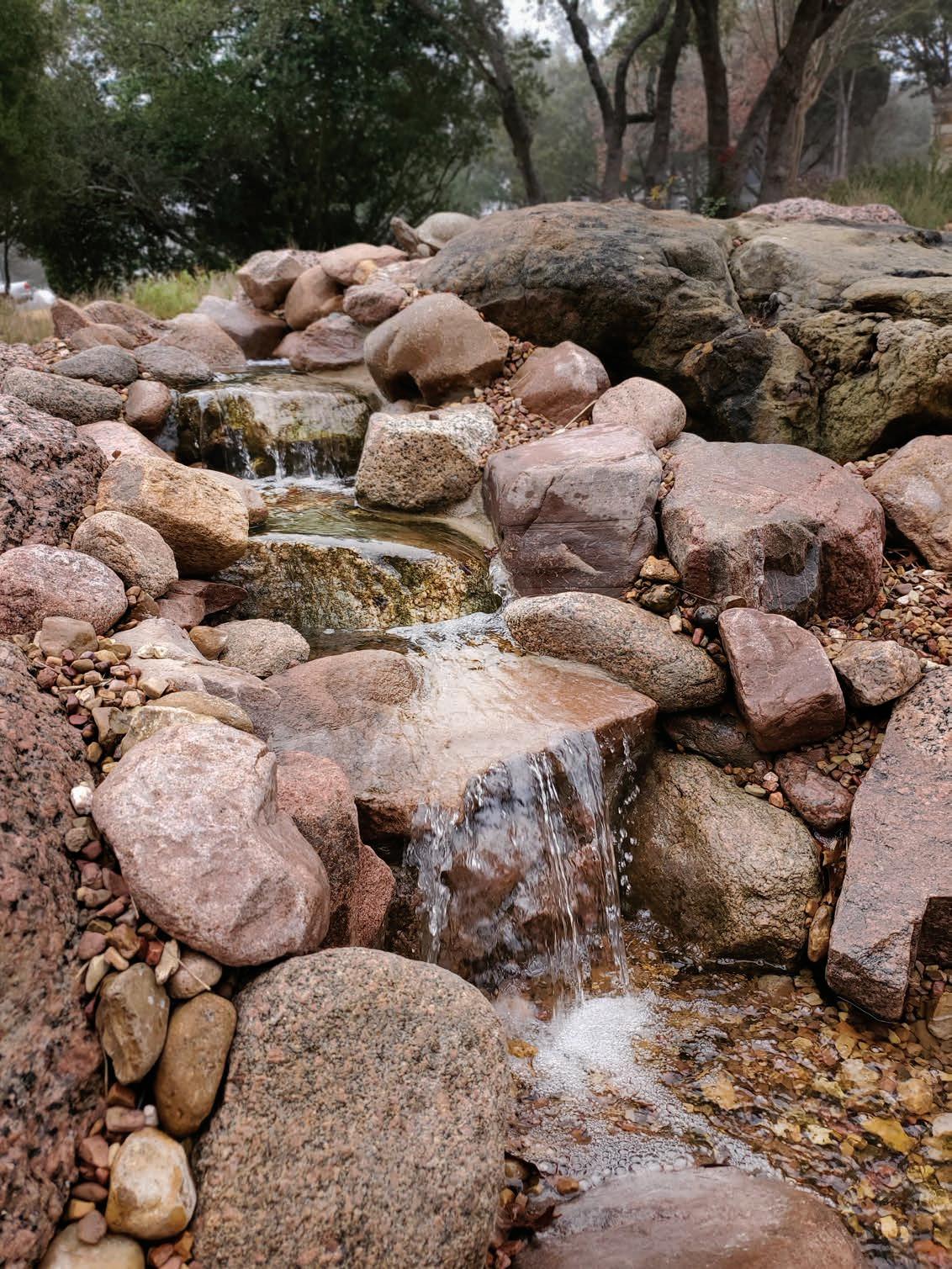
8 minute read
Blast from the Past
Blast from the Past Overhauling a botched pondless waterfall
by Dan Johanson,
Advertisement
Focal Point Features B efore starting my own water-feature business, I was the foreman for a high-end landscape company in town. I headed up the water-feature department and pushed to make it a bigger part of the business. It wasn’t long after I had created a handful of really cool water features that my future wife Melissa, who has a very strong entrepreneurial spirit, got in my ear about doing it for myself. I knew that growth was limited within the company I was working for and wanted more for my future, so we decided to give it a go as a team.
Fast-forward a couple of years, and my new company, Focal Point Features, got a call from a delightful woman who was having some significant problems with a pondless waterfall that had been built for her.
Something Familiar
I went for a consultation and quickly realized that it had been built by the company I'd used to work for. I remembered when they had started this project, because the foreman reached out to me for advice. (Unfortunately, it appeared that they did not follow through with my recommendations.) Don’t get me wrong — this particular company's landscaping is some of the best I’ve ever seen — but water features should be left to the professionals. After all, as more landscaping companies add water features to their list of services, we have noticed a drastic rise in the number of calls for rebuilds and repairs.
The first thing I noticed was a huge sandstone boulder with a ½-inch hole drilled in the top to create a bubbling rock. The boulder was too big for the 4-by-4 box kit below it, which created excessive splashing and a huge leak. I examined the waterfall area and saw a handful of leaks in the stream area due to the low liner and poorly placed rock. I further noticed that they had an oversized pump with undersized plumbing, which had quickly burned out her pump. When I looked in the reservoir box, I saw a hole drilled below the water level to place the auto-fill. The water was continuously leaking through hole, keeping the
You can see an outline of the granite boulders we had to work with, along with the exposed liner peeking out from very questionable rock placements.

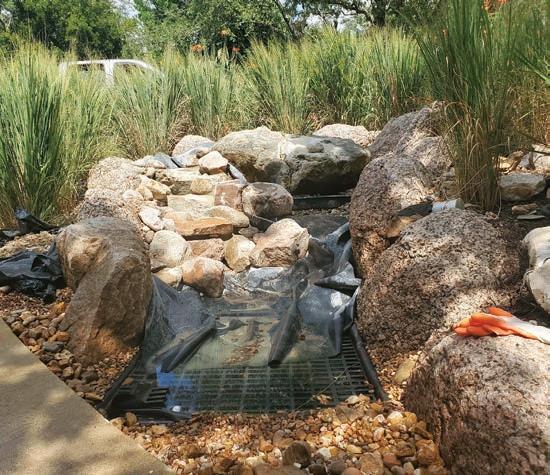
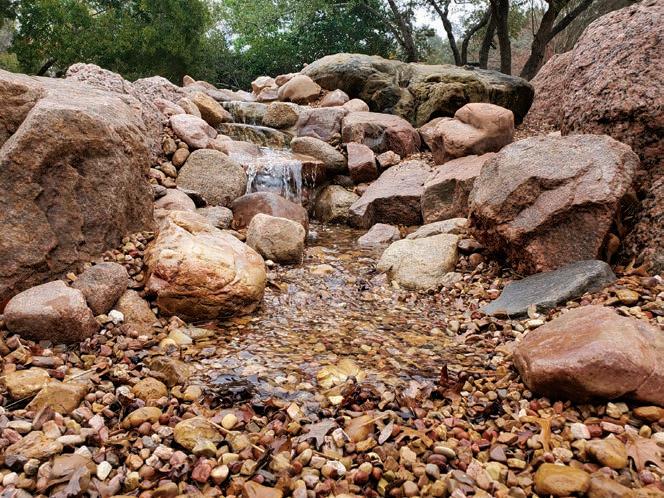

auto-fill running constantly. Needless to say, she had an enormous water bill.
The outskirts of the water feature consisted of large granite boulders that were actually set nicely in the landscape. This was fortunate, because it would have taken a lot of extra time and money to move them.
Visually, things went wrong with the falls and body of the stream. It appeared very two-dimensional, with no curves or shape to show intrigue or mystery. There were just too many types of rock — red sandstone, black slate and pink granite — that caused visual chaos. The details were lacking, with a lot of visible concrete and liner showing.
The homeowner’s pain points started during the installation process with the landscapers. She sensed a breakdown in communication, and things weren’t going the way she wanted. She made the best with what she was given, but the functional issues began right away. For her, this was a two-year headache of trying to repair these issues, with no real solutions.
I told her about my history with this feature, and we had a good laugh about the small world we live in. She said she was thrilled to have found me. I knew exactly what to do to get her waterfall looking great and functioning properly.
Rebuilding Commences
First, I showed her what I had found and explained how and why there were so many issues. I wanted to be sure to prioritize a conversation about wants, needs and expectations so she’d be happy with the end result.
Bottom line, she said she wanted something more natural. We started the demo by removing all the rock we could and working around what we couldn’t. Everything was removed from the center of the feature, including the sandstone, concrete, slate and liner. We discussed options with the homeowner and ultimately decided to repurpose the large bubbling sandstone boulder instead of bringing in machinery, breaking it up and hauling it off. By keeping it as an accent boulder, we could use it to our advantage and hide the beginning of the falls behind it, giving it a more engaging appeal and leaving the viewer curious about where it began. To achieve this effect, we used dirt and rock to add 1 foot of height and 2 feet of length to get the waterfall up and around the backside of the boulder. I filled the hole and covered it with gravel before drilling holes in the bottom of the basin so that stagnant water couldn’t collect when it rained.
Next, we shaped the dirt in the stream area and added some curves to help with the natural look. I repaired the hole in the other reservoir and rerouted the plumbing up and over the lip of the box, disguising it with rock. To be safe and to ensure warranty, I
installed a new auto-fill.
Since the previously installed 3,000-gph pump was burned out, we replaced it with a 2,400-gph pump. The original plumbing was a no-kink ¾-inch Danner tubing, which is excellent for smaller water-feature designs, but in this case, it was too small. We replaced it with 1 ½-inch spa flex to provide the sound and flow rate she desired.
We set the liner into place and began to design the new waterfall and stream. I took a moment to sit on her front porch swing to get a feel for her view to help grasp the bigger picture and to gauge where and how I would like to see the water spill and drop. From there, we began to place boulders. We needed the rock to work together in order to look natural. We replaced the original sandstone and slate spillways with additional granite boulders to match the outer edges that were already set. We positioned them as if they had fallen into place.
The previous design had three spillways crashing into gravel, which is a great sound when combined with water-on-water sounds, but it can sound a bit busy and fast.
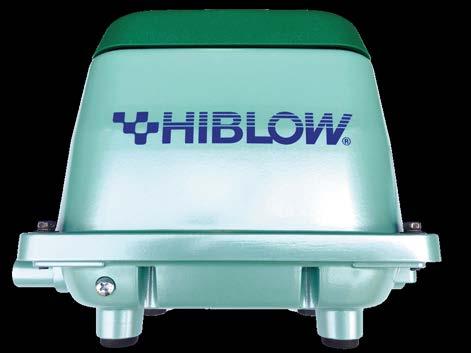

Full Circle
I have done a lot of rebuilds, but this one takes the cake with regards to transformation — not only in the story, but in the water feature’s essence. The visual change was a drastic improvement. Sitting on the front porch swing with the customer enjoying the sights and sounds of her new water feature, I felt a sense of calm come over her. This project was finally complete. She was so happy that she came to tears. After so many issues for so long, she finally got a problemfree water feature that she could enjoy. Not only was it fully functioning, but it had become what she had always wanted from a visual standpoint. As she stated in her testimonial, “In three days, he turned a really ugly situation into a more beautiful water feature than had existed prior.”
To be able to come in and give this customer exactly what she wanted is one of the reasons why I do what I do. Even though I was running crews as a foreman at the landscape company, I did not have the free rein I needed to do things the way they needed to be done. Watching this water feature come full circle reassures my decision to create my own path in the industry. a
Dan and Melissa Johanson
started Focal Point Features in 2017 after she finally convinced him to take the leap and start their own water feature business. Dan’s passion for fish and plants combined with his experience with water features was something Austin, Texas, would truly benefit from. Melissa’s passion for people and marketing put the company on the map. Recently married, they are great partners in life and business.
About the Author



WHY NOT PUMP PERFORMANCE THAT STANDS OUT FROM THE CROWD?






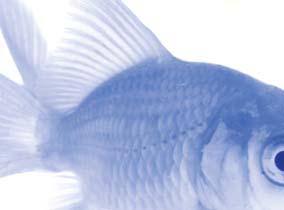



Amidst the crowd of ordinary pumps, one stands apart as exceptional— Nitto Kohki LA Series blowers provide unparalleled performance for koi pond and water garden applications. This is why they’re the professional choice:
They last longer, especially in hot, humid climates.
Nitto Kohki aerators have one moving part per piston. Properly installed and maintained, they have an expected service life of 6+ years.
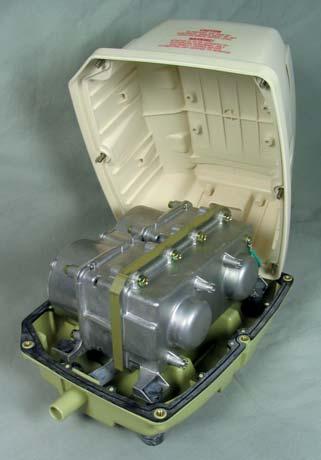
They run quieter, supporting the natural design of ponds.
Listened to a diaphragm pump lately? In contrast, linear-piston LA aerators have about as much ambient noise as a light ballast.
Their cost-of-ownership is lower.
LA Series blowers consume far less energy— have only 50-60% of the line current requirements of diaphragm pumps.
Nitto Kohki aerators better leverage filtration capability, increase the fish handling capability of existing ponds, and minimize the risk to valuable koi collections. They’re the best selection when building a new pond – as well as when you’re looking to add quality and reliability to your existing pond. When it comes to selecting the best, it’s as simple as 1-2-3.




